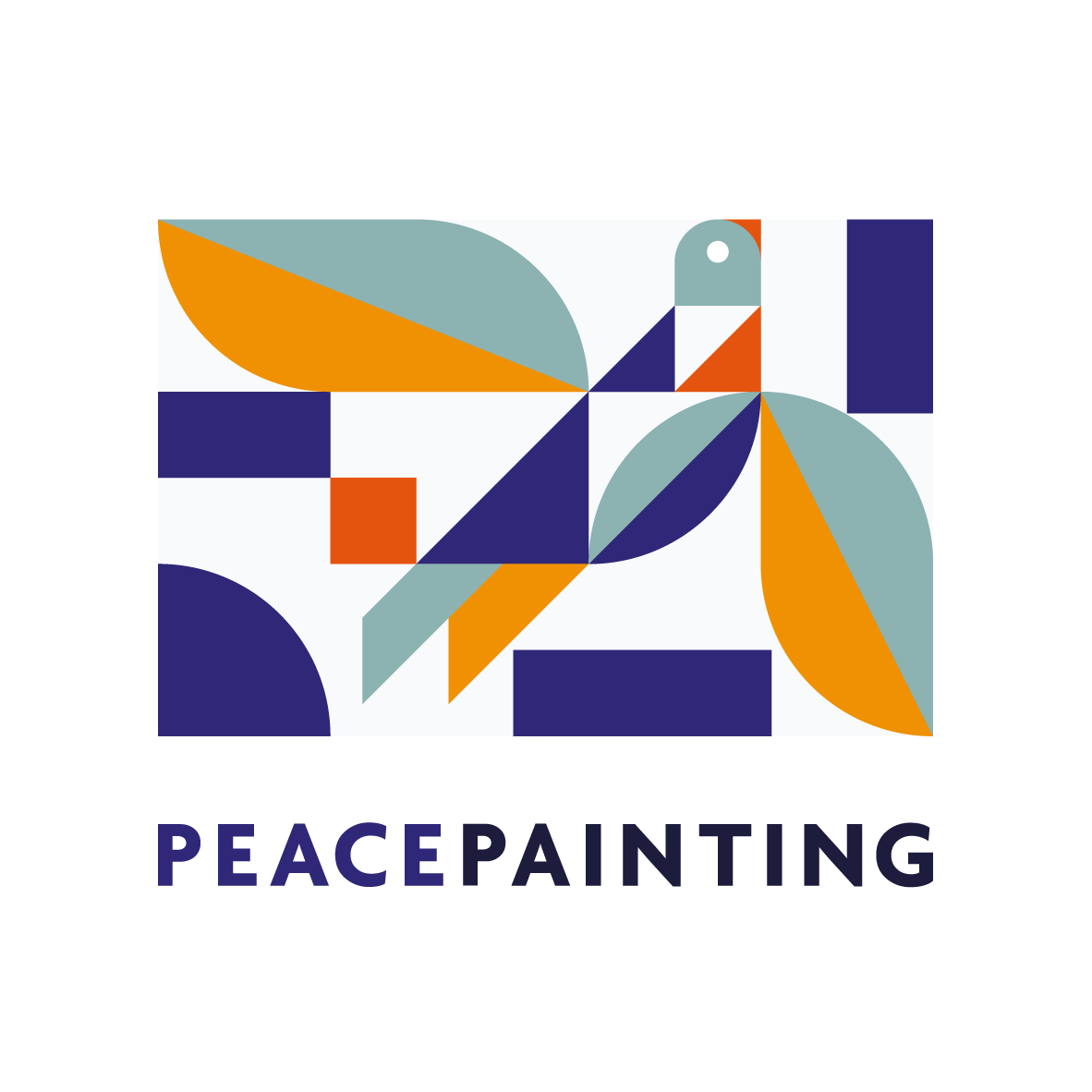Workshops
In our workshops, participants come together in groups and paint in a context of peace and equality among people and nations. We use colors as a common platform, and emphasize that all colours are important, both in a practical way when making art and in a symbolic way when talking about equality.
We never teach anyone how to paint. Rather, we give children, youth an adults a way to express themselves.
“Free the child’s potential, and you will transform him into the world”
- Maria Montessori
Source: Rawpixel
As the participants are in groups, they will be able to appreciate that their “voice” and interests are heard and understood by others. This joint effort creates a sense of secure acceptance that is critical to people’s self-esteem.
“Children not only become appreciators of each other’s work, but also develop skills of self-reflection in the effort to bring their personal vision to fruition”.
Dory Kanter, educational consultant and arts/literacy curriculum writer
Another aspect of our workshops is to help distressed children, youth and adults to articulate their dreams and longings. By painting large, expressive paintings they will be given an opportunity to process challenging events in life. Research shows that painting can be a very potent method for psychological healing, especially for children.
Moreover, as our participants’ paintings are exhibited in various parts of the world, they can be empowered by the fact that they are “lifted up” in society, and able to convey important messages to the world.
Source: Unsplash
We organize workshops in various countries, cultures and environments, including war zones, disaster areas and refugee camps. Peace is not only the absence of war, but also developing awareness about equality.
All workshops are run by trained Peacepainting instructors and follow a set process.


















